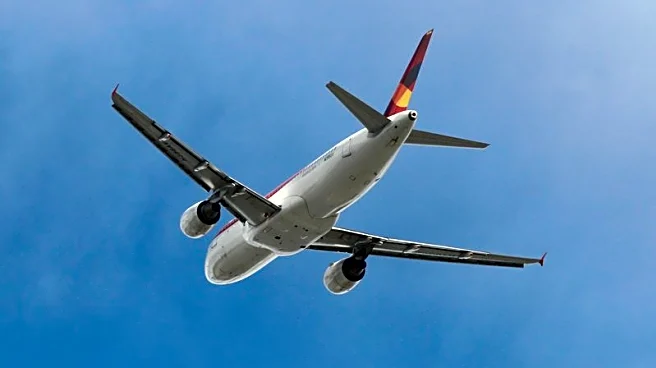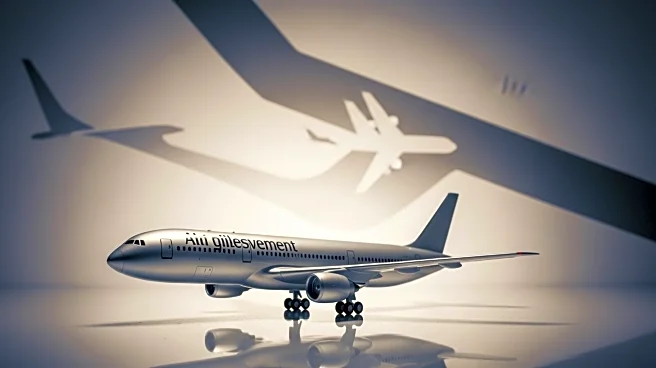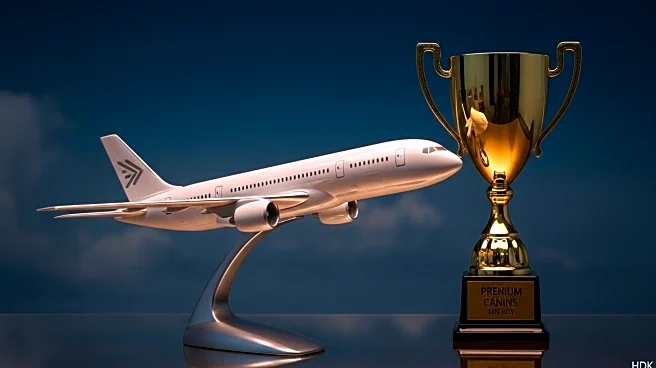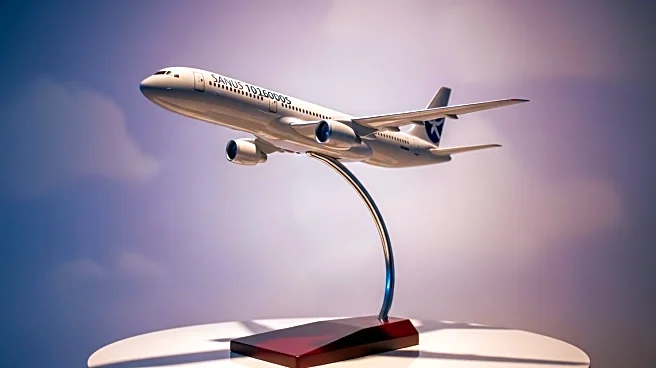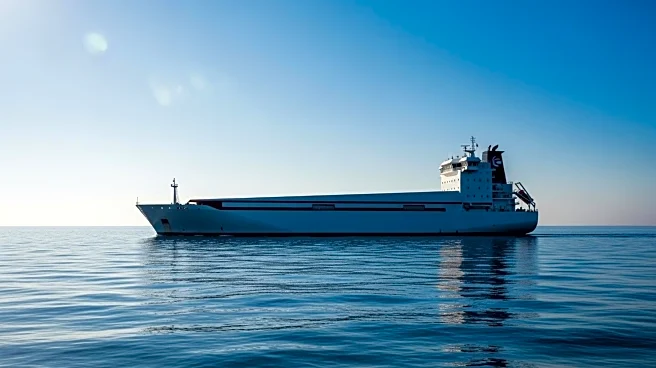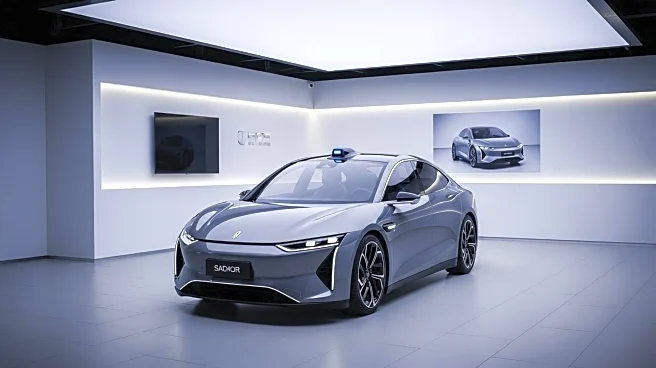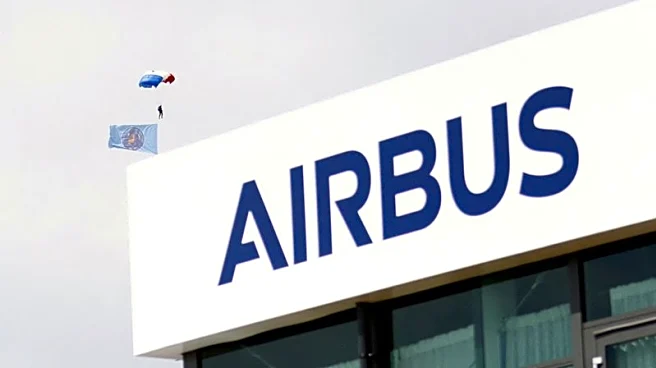What's Happening?
Airbus has achieved a significant milestone as its A320 family of aircraft has overtaken Boeing's 737 to become the most-delivered jetliner in history. According to aviation consultancy Cirium, the record was broken when a new A320 was delivered to Saudi carrier Flynas, bringing total deliveries to 12,260 since the model's debut in 1988. This development marks a symbolic victory in the long-standing rivalry between Airbus and Boeing, particularly in the narrow-body market. Airbus has capitalized on the shift towards low-cost airlines, ramping up production while Boeing faced challenges following the 737 MAX disasters in 2018 and 2019.
Why It's Important?
The surpassing of Boeing's 737 by Airbus's A320 signifies a major shift in the aviation industry, highlighting Airbus's growing dominance in the narrow-body aircraft market. This milestone underscores the competitive dynamics between the two aerospace giants, with Airbus expanding its production capabilities in the U.S. and China. For Boeing, this development comes amid ongoing regulatory scrutiny and production challenges, particularly following the 737 MAX incidents. The shift could influence market strategies, investment decisions, and future aircraft development plans for both companies.
What's Next?
Both Airbus and Boeing are expected to introduce new-generation models in the next decade, although development is contingent on advancements in engine technology. As Airbus continues to expand its production network, Boeing faces the challenge of restoring its reputation and production capabilities under tighter regulatory oversight. The industry will be closely watching how Boeing navigates these challenges and whether it will accelerate the development of new aircraft models to regain its competitive edge.
Beyond the Headlines
The milestone achieved by Airbus reflects broader trends in the aviation industry, including the increasing importance of fuel efficiency and technological innovation. The A320's success is partly attributed to its introduction of digital fly-by-wire controls, which have become standard across the industry. This development also highlights the strategic importance of adapting to market shifts, such as the rise of low-cost carriers, which have reshaped the demand for narrow-body aircraft.

